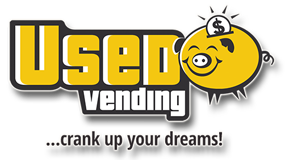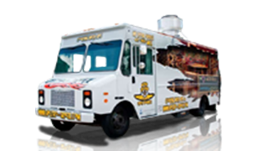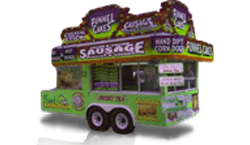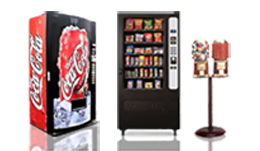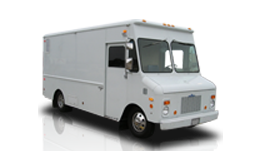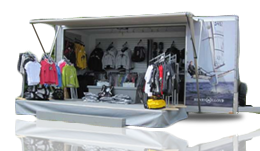Wet Kit for Semi Truck: What You Need to Know
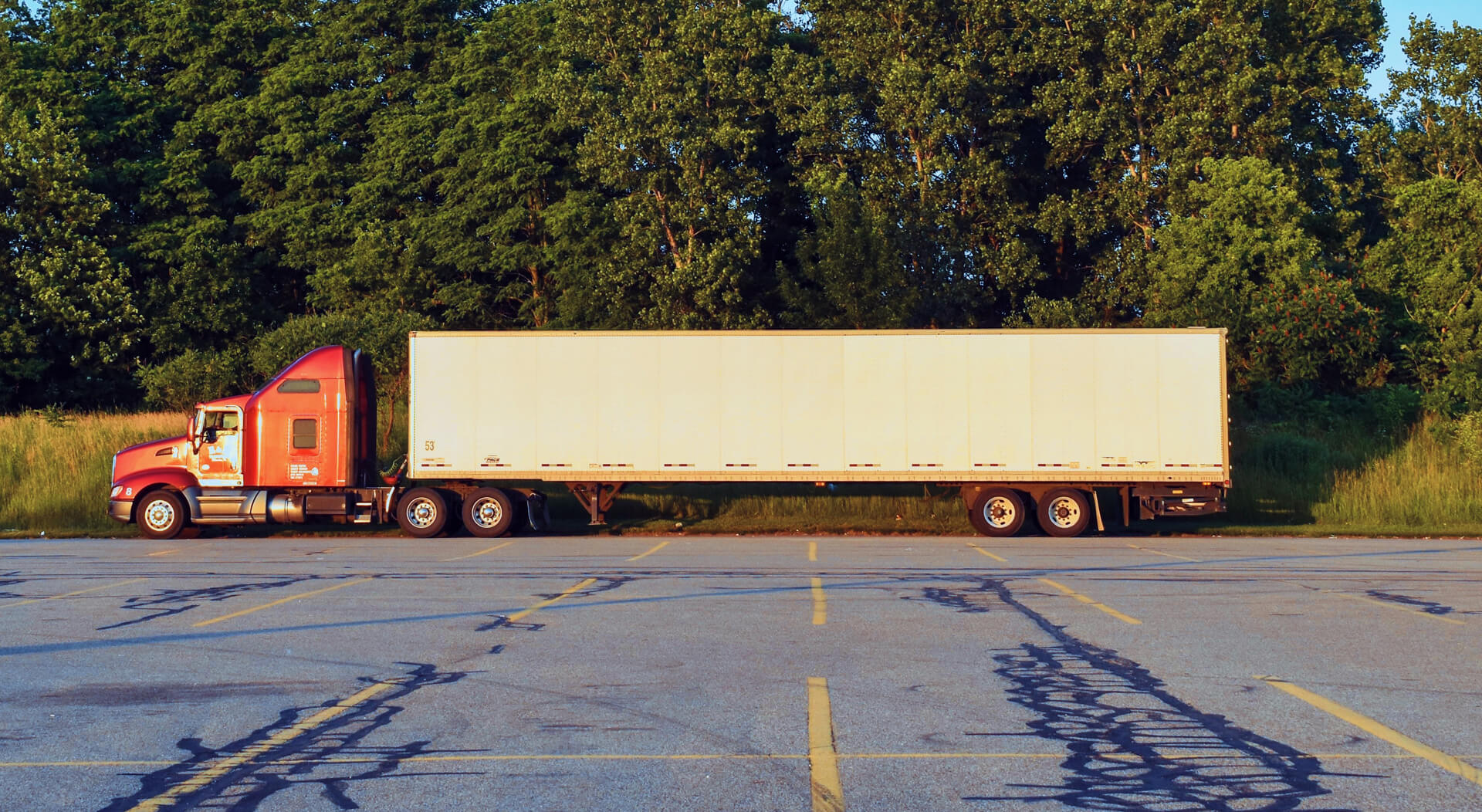
If you’re into the trucking business, driving a semi and maintaining your fleet aren’t the only things that matter. It’s equally important to know the various implements to be installed on your units for a smooth operation.
For instance, the wet kit for your semi truck. For those outside the business, they don’t even bother to know what it is for but for owner-operators, installing one on your 18-wheeler is a good investment.
What’s Inside
What Is a Semi Wet Kit?
Also called ‘wetline kits’, these are tools mounted on trailer-tractors having a Power Take Off (PTO). As you know, there are lots of diverse accessories attached to semis that require a hydraulic pump to function fully well.
This pump is set off by the truck’s PTO so that such accessories as dump trailers, live bottom trailers, lowboys, cranes, booms and so on, are able to operate. Without the hydraulic pump, work can be dramatically affected and so does your income.
Wetline Kit Composition and How it Works
The tool is composed of different units – hydraulic hoses and fittings, control valves, pumps, reservoirs or tanks, filters, and the PTOs.
Here is how the wet kit works: the PTO triggers the activity of the hydraulic pump, sending hydraulic fluid through the hoses and into cylinders. As the hydraulic fluid enters the cylinders, the PTO then elevates the load or performs any of the other operations that the driver desires to do. When the fluid is discharged, it is also sent back to the reservoir and once again, the hydraulic pump sucks the fluid. This closed cycle goes on for an indefinite period of time.
All wetline kits come in a wide range of sizes so they can match various applications. If you want your equipment to be highly effective, you must ensure that the wet kit to be used is one that fits your intended application.
While van trailers and flatbeds can operate without a wet kit, a semi truck can get more versatile with such an implement, doing not only basic hauling but more importantly, harder applications. If your unit doesn’t have a kit yet, it’s time to install one as most fleets today are installed with the required equipment. Think of the added revenues!
Wet Kit Maintenance
A routine out-and-out preventative maintenance plan is necessary if you want your kit to render optimum service. Semi trucks with wet kits operate in more demanding environments like pulling heavier weights and working harder for longer hours. A regular maintenance can give you the following benefits:
- Protection of the integrity of your kit, including other tools
- Cash savings in the long run
- Avoidance of disastrous damage
Before any minor issue like a faulty part or a tiny leak turns into expensive problems, address it properly in due time.
Types of Wetline Kits
Now that you’ve gained some basic ideas about wet kits, it would be added knowledge to identify the different types. It’s easy to buy those tools from various manufacturers and you can even buy spare parts for future use. But do you know which type is suited to your tractor-trailer? Various types are available such as a.) kits for operating dumper trailers, and b.) kits for operating utility trailers.
The first type has the capacity to produce pressure of up to 3000psi and is furnished with a single acting cylinder as well as a control valve. The best thing, if you want it custom-made according to your specifications, then you can ask the manufacturer to do so. The second type operates at extremely high pressure though using less fluid.
On top of those mentioned, you can also find wetline kits for a plethora of applications sold in the market today. They come in various capacities that can withstand diverse applications depending on the pressure exerted by the hydraulic pump and as well, the flowing capacity of the hydraulic fluid.
Remember, consult your manufacturer directly if you want a kit that matches your requirements. In turn, the company can also recommend which wet kit best suits your needs.
Hydraulic Pump Arrangements
While there are assorted types of wet kits, there are likewise distinct arrangements for the hydraulic pumps and valve system in wet kits that control fluid flow. These are the two-line dump system and three-line dump system. Have you any idea which system to use?
Now, the difference between the two lies in the position of the pump and the control valve. When the two are integrated or merged with each other, it’s the two-line system which is very helpful for the dump trailer that makes use of it occasionally. Low usage applications are the best for this type, as in raising and lowering a dump trailer, among others. And, provided the system is not overworked, it will function reliably.
On the other hand, when the hydraulic pump and control valve are fused together and depend on each other to operate, it’s the three-line system. Heavy usage applications are best for this type. Using the semi truck’s PTO, this wet kit can be used with lowboys, dump trailers, dump trucks, and so on.
While the two-line consists of a pressure hose, a suction hose and air lines, the three-line also has a pressure hose and a suction hose plus the extra return hose.
Now, if you think more trucks are needed in your business, check out the great selections of used semi trucks in good working condition at UsedVending.com.
